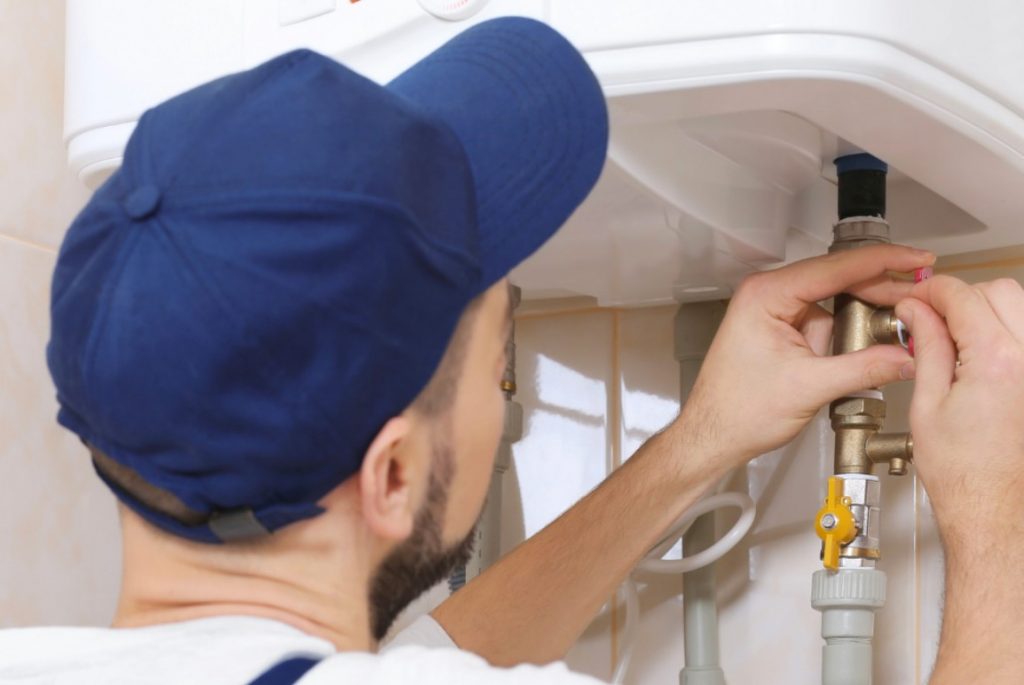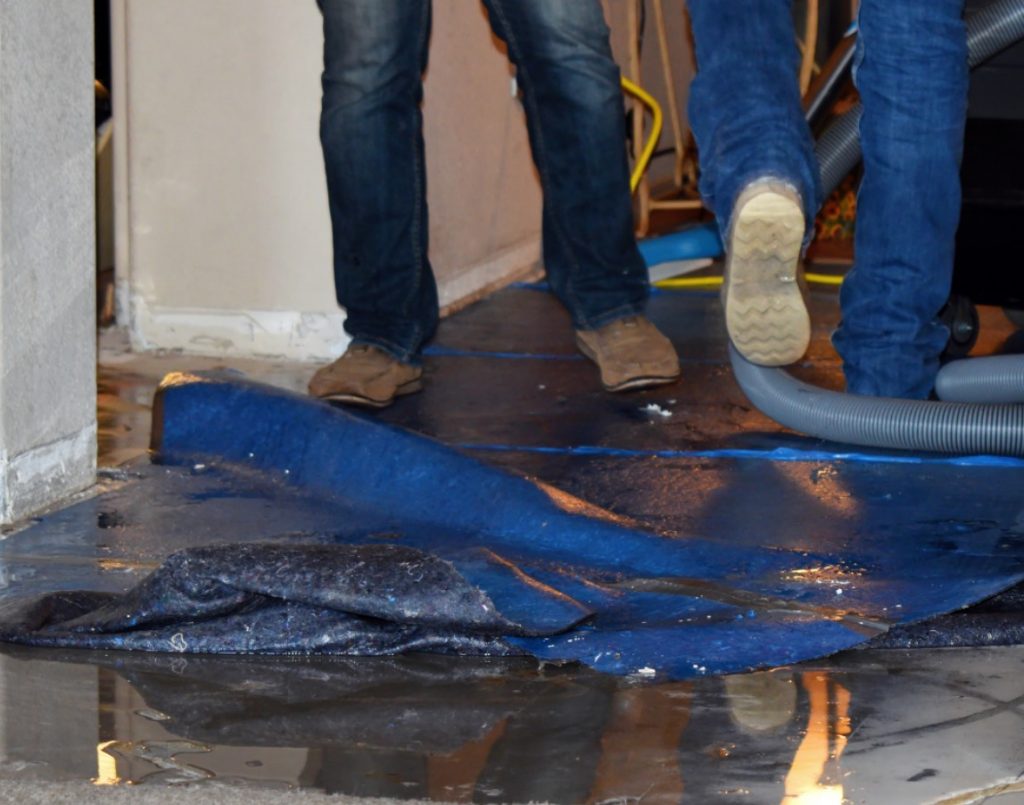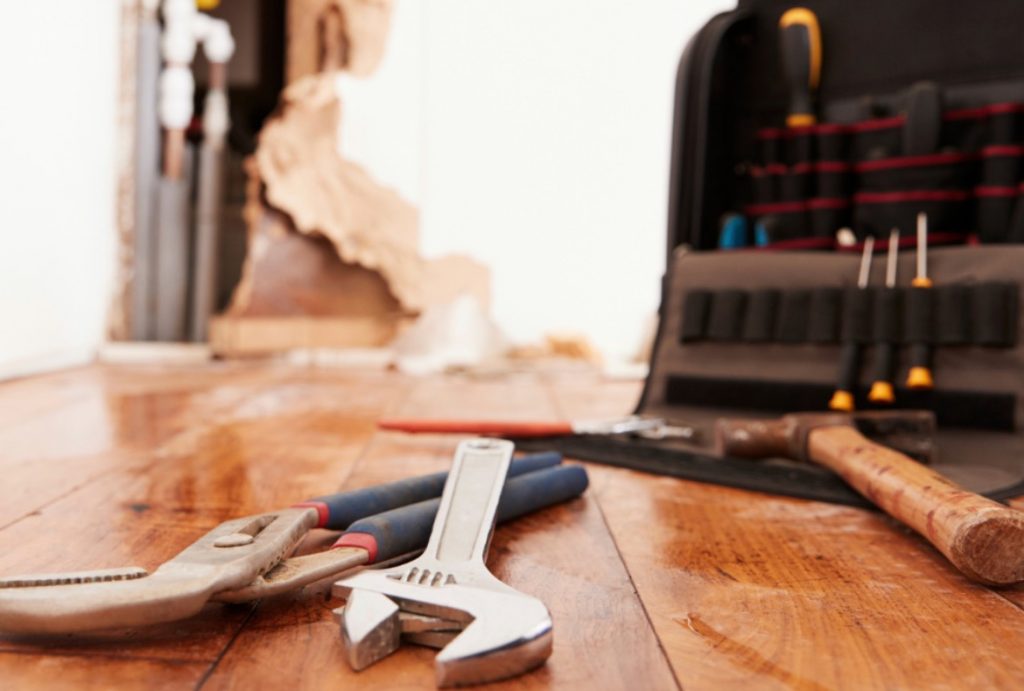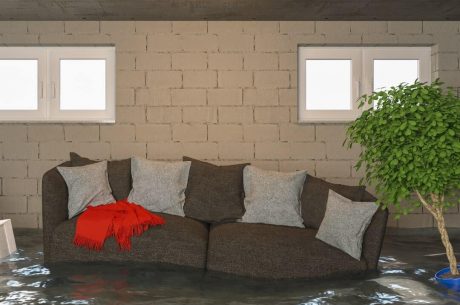Water damage is a common issue homeowners and property managers in Sandhills, NC face. It can be caused by a variety of sources, both natural and man-made.
Understanding these sources helps identify potential risks and to take preventive measures.
In this article, we delve into the common sources of water damage in Sandhills, NC. We’ll explore everything from heavy rainfall and flooding to plumbing failures and appliance malfunctions.
We’ll also guide you on how to respond to water damage emergencies. This includes the importance of timely water damage assessment and the benefits of professional damage restoration services.
We aim to equip you with the knowledge to protect your property. Whether you’re a homeowner, property manager, or a resident of Sandhills, NC, this guide is for you.
Stay with us as we navigate the waters of understanding common water damage sources in Sandhills, NC.
The Geography and Climate of Sandhills, NC: A Water Damage Overview
Sandhills, NC, is known for its unique geography and climate. These factors contribute to the area’s susceptibility to water damage.
The region experiences heavy rainfall, especially during the hurricane season. This, coupled with the area’s low-lying terrain, often leads to flooding. Flooding is a significant source of water damage in Sandhills, NC. Understanding this can help residents prepare and mitigate potential damage.
Heavy Rainfall and Flooding: Nature’s Impact on Properties
Heavy rainfall and flooding are common in Sandhills, NC. These natural events can cause extensive water damage to properties.
When heavy rainfall occurs, the following can happen:
- Water can seep into basements and crawl spaces, causing damage to structures and personal belongings.
- Flooding can lead to the contamination of water supplies, posing health risks.
- Standing water can attract pests, leading to infestations.
Understanding these risks can help residents take necessary precautions during heavy rainfall and flooding events.
Plumbing Failures: A Common Culprit in Water Damage
Plumbing failures are a significant source of water damage in Sandhills, NC. Burst pipes and leaks can cause sudden and extensive damage to homes and properties.
These failures often occur from wear and tear, freezing temperatures, or high water pressure. They can lead to water seeping into walls, floors, and ceilings, causing structural damage and potential mold growth. Regular maintenance checks and prompt repairs can help prevent such issues.
Appliances and Water Heaters: When Technology Fails Us

Appliances like washing machines, dishwashers, and water heaters are essential in our homes. However, they can also be sources of water damage. Malfunctions or failures can lead to sudden water leaks, causing damage to floors, walls, and surrounding areas.
Regular maintenance and timely repairs can help prevent such incidents. It’s also crucial to replace old appliances that are more prone to failure. By doing so, homeowners can mitigate the risk of water damage caused by appliance malfunctions.
Roof and Foundation: The First Line of Defense Against Water Damage
The roof and foundation of a building are critical in preventing water damage. A leaky roof, caused by missing shingles or damaged flashing, can allow water to seep into the attic and living spaces. This can lead to structural damage and mold growth.
Similarly, the building’s foundation can be compromised by water intrusion. Poorly maintained gutters and downspouts can lead to water pooling around the foundation, causing cracks and leaks. Regular inspections and maintenance of the roof and foundation are essential in preventing water damage.
Landscaping and Drainage: The Hidden Water Damage Sources
The landscaping and terrain around a property can significantly influence water drainage. If not properly managed, it can lead to basement or crawl space flooding. For instance, a sloping yard directing water towards the house can result in water pooling around the foundation, causing damage over time.
In addition, poor drainage systems can exacerbate the problem, especially during heavy rainfall. It’s crucial to ensure your property has effective drainage systems in place. This includes well-maintained gutters and downspouts, and possibly a sump pump for properties with basements.
Emergency Water Removal: Acting Fast to Mitigate Damage

When water damage occurs, quick action is crucial. The longer water sits, the more damage it can cause, including mold growth and structural issues. It’s important to start the water removal process as soon as possible to mitigate these risks.
Here are some steps to take for emergency water removal:
- Shut off the water source, if possible.
- Turn off electricity in the affected area for safety.
- Remove as much water as you can using towels, mops, or a wet/dry vacuum.
- Contact a professional water damage restoration service for comprehensive water removal and drying.
Professional Water Damage Assessment: The Key to Comprehensive Restoration
A professional water damage assessment is a critical step in the restoration process. This assessment identifies all affected areas and helps prevent further damage. It’s not always easy to see the full extent of water damage with the naked eye.
Professionals use specialized tools and techniques to detect hidden moisture. They can also determine the type of water involved, which can affect the restoration approach. Whether it’s clean water, gray water, or black water, each type requires a different response. Trusting this process to professionals ensures a thorough and effective restoration.
The Restoration Process: From Water Extraction to Repair

The water damage restoration process is a multi-step journey. It begins with water extraction, which involves removing all standing water from the affected areas. This step is crucial to halt further damage and start the drying process.
After water extraction, the drying and dehumidification process begins. This step ensures all hidden moisture is eliminated. Then comes cleaning and sanitizing, to ensure the area is safe and free from potential health hazards. The final step is repair and restoration, which can range from minor repairs to major reconstruction, depending on the extent of the damage.
Why Choose Professional Damage Restoration Services
Choosing professional damage restoration services offers several benefits. Experts in the field have the knowledge, skills, and equipment to handle water damage effectively. They can quickly assess the situation, plan the right course of action, and execute the restoration process efficiently, minimizing further damage and ensuring your property is restored to its pre-damage condition.
Preventing Future Water Damage: Tips and Tricks
Preventing water damage is crucial for maintaining the integrity of your property. Regular maintenance checks, installing water detection devices, and understanding your insurance policy can go a long way in preventing future water damage.
Here are some tips to help you prevent water damage:
- Regularly inspect your plumbing systems and appliances for leaks.
- Clean and maintain your gutters and downspouts to ensure proper drainage.
- Install water detection devices that can alert you to leaks or flooding.
- Understand your insurance policy and what it covers in the event of water damage.
- Consider landscaping and terrain adjustments to improve water drainage around your property.
For expert emergency water damage services in the Sandhills area, contact PuroClean of Sandhills today.




 PuroClean of the Sandhills
PuroClean of the Sandhills